27 Bark
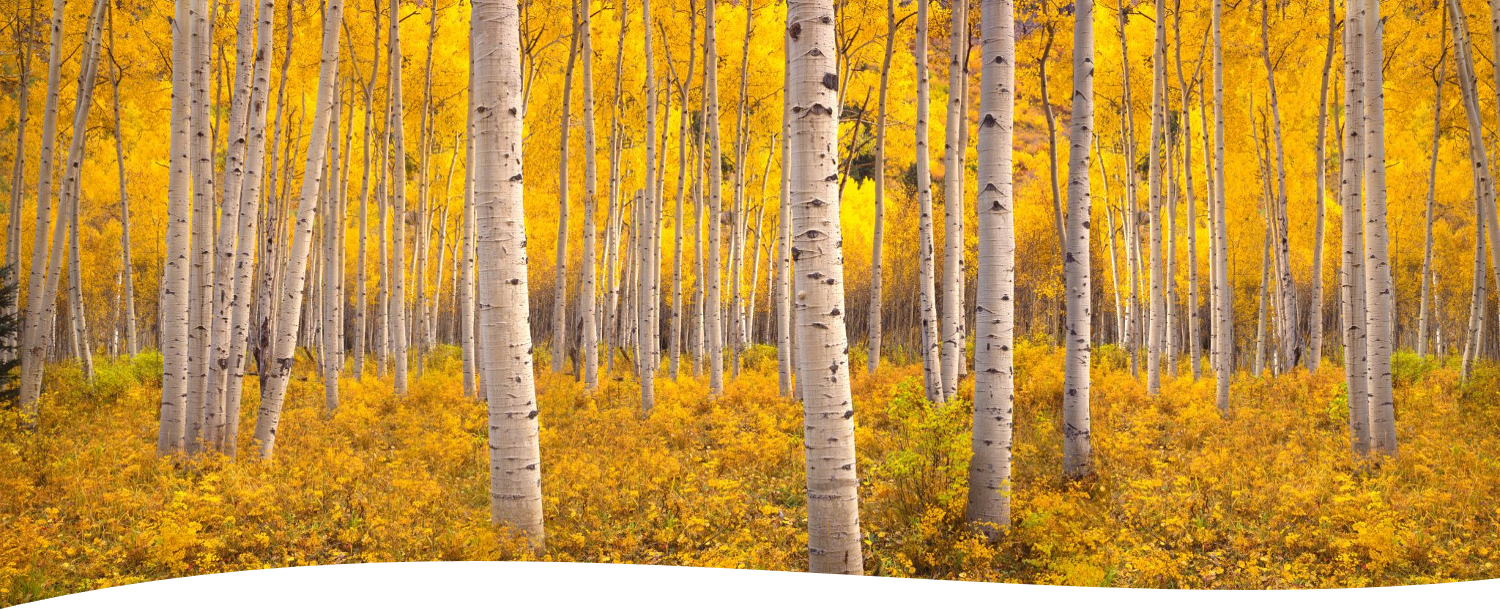
Bark is the outermost layer of stems and roots of woody plants, such as trees and shrubs in the Magnoliopsida class.
It is a type of tissue that grows over a tree’s inner trunk, and has both an inner and outer layer.
The inner layer is living tissue, and the outer layer is dead tissue.
Trees use bark for protection.
It assists in moving nutrients all through the tree and stores tree wastes in its resin and dead cells.
Bark vs. Leaf Scars
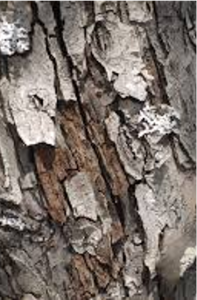
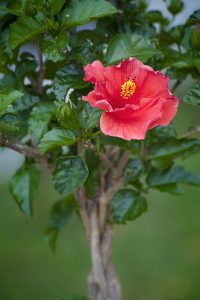

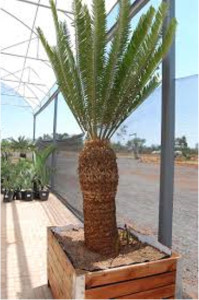
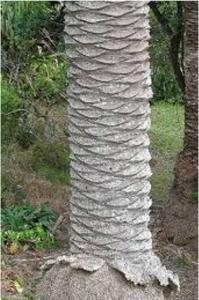
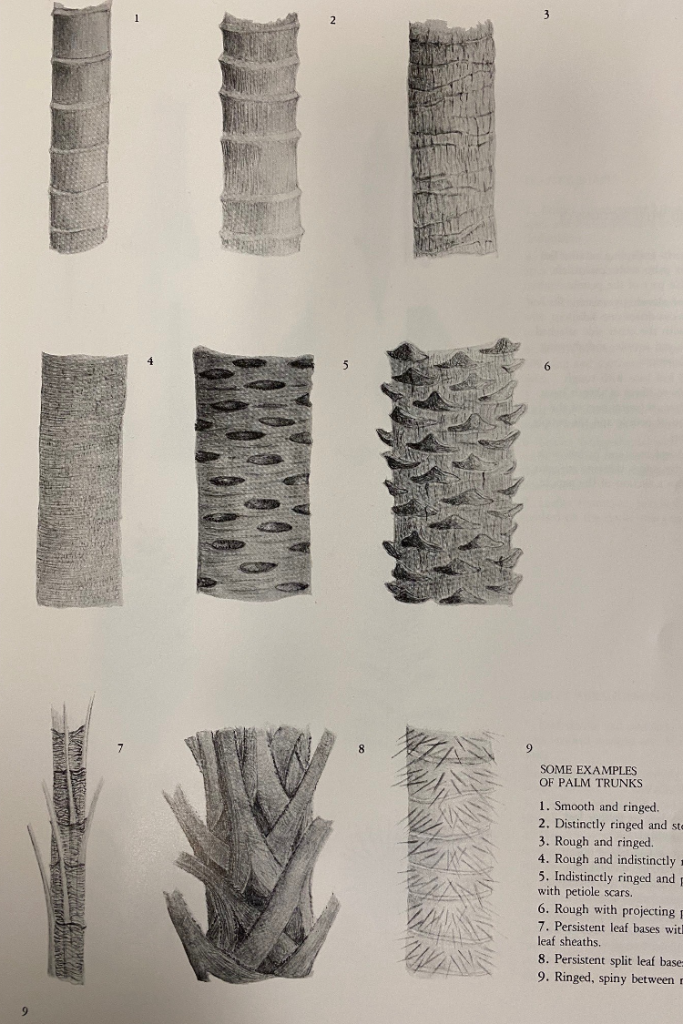
The bark of Magnoliopsida
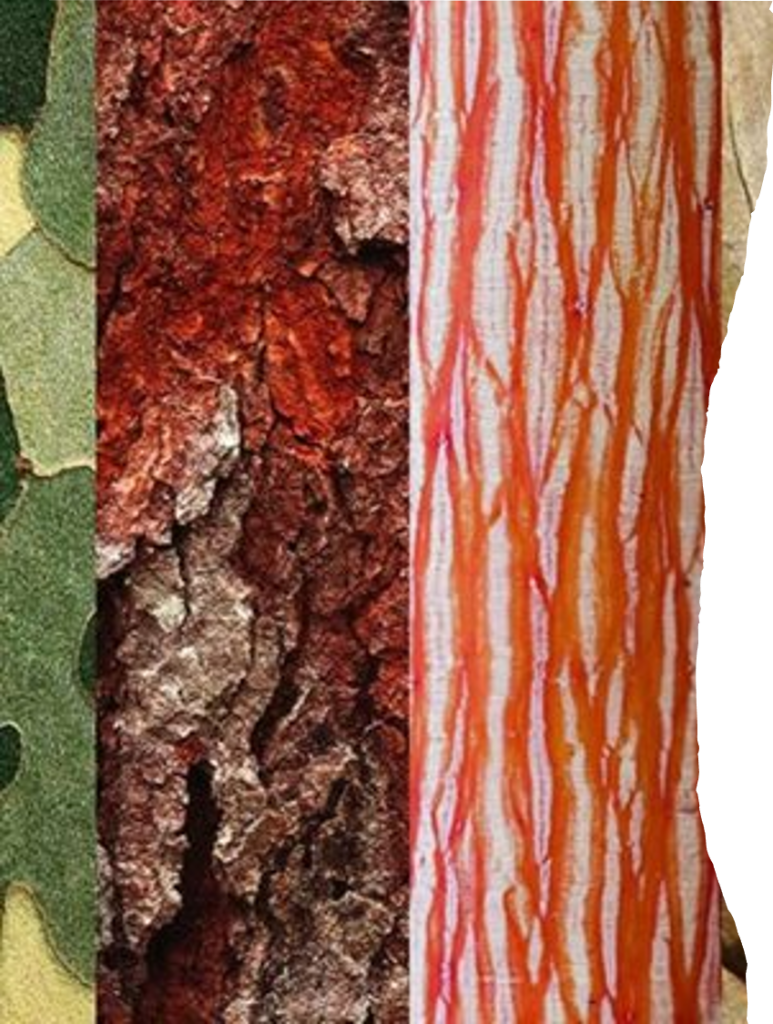
Just like flowers and leaves, tree bark has many unique qualities and characteristics, and can be used to help identify a tree’s species.
There are more than a dozen terms used to describe bark, including smooth, peeling, cracked, scaly, ring and different types of cork.
A tree’s trunk bark often looks different than the bark of it branches or stems- often due to age.
Bark may vary from thin to very thick depending on the genus of tree, and may change with age.
The colour of bark may differ greatly too.
Colours used to describe bark include, but are not limited to: grey, brown, light brown, white, cream, green, maroon, purple…..
Click here to learn more about using bark characteristics to assist in identification.
